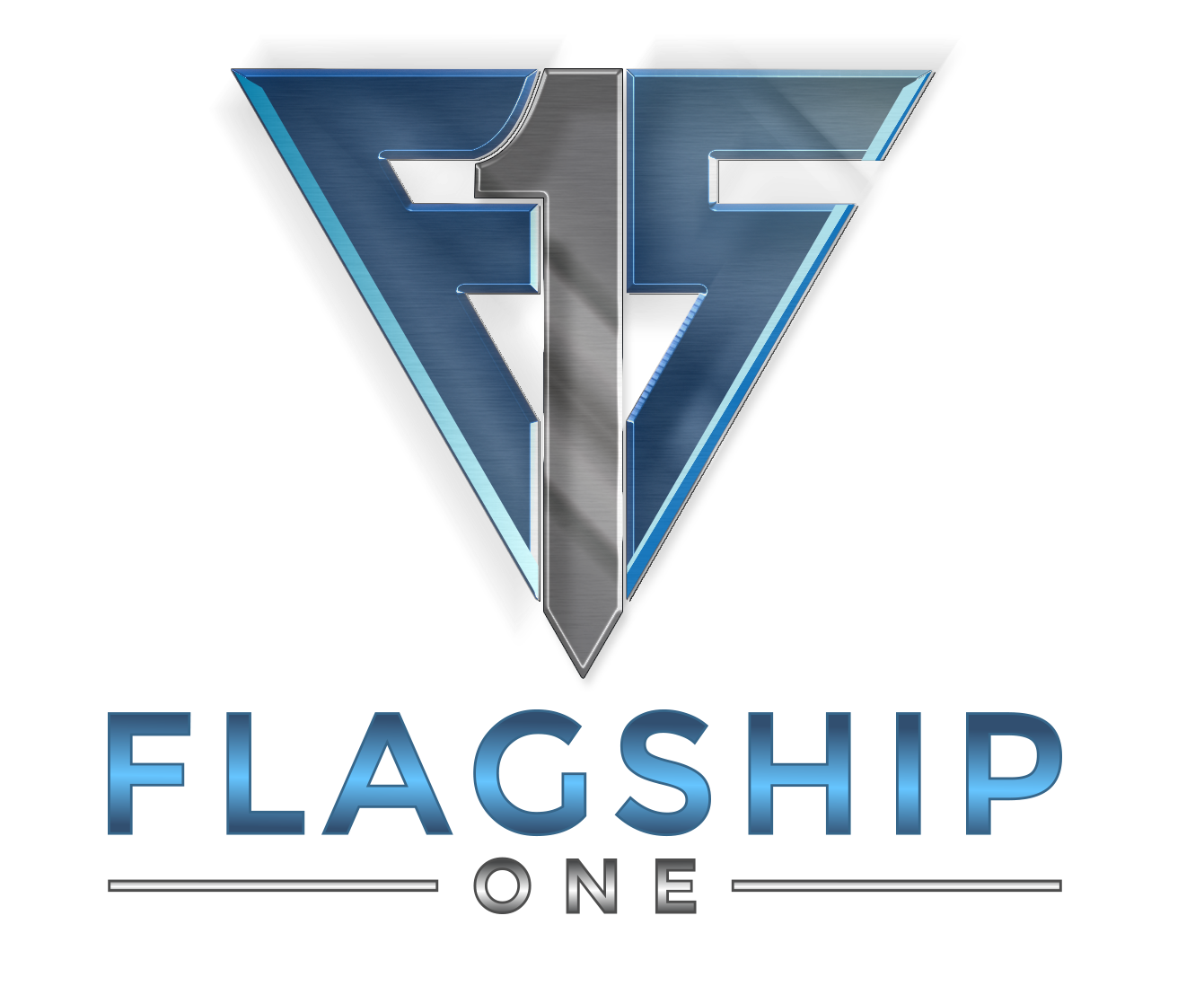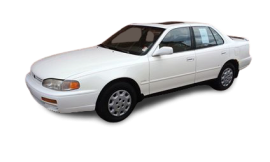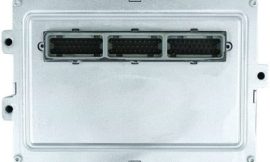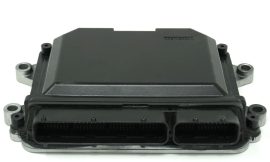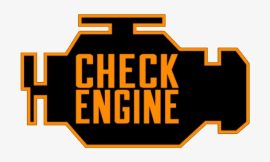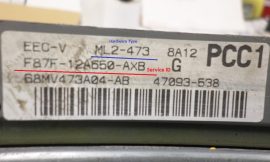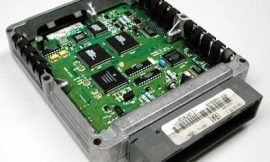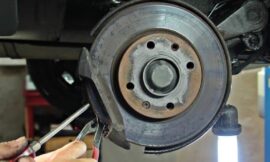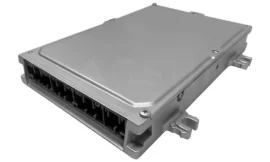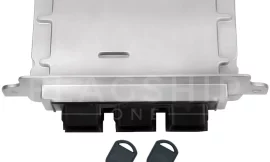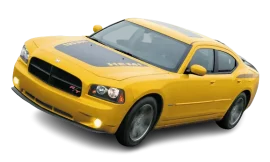Last updated on March 29th, 2022 at 10:15 pm
It’s Monday, June 6, 2016 — the 72nd Anniversary of D-Day this year, and we here at Flagship One, the largest supplier of vehicular control modules, felt that this makes for an appropriate occasion to take a brief look at the military origins of the Engine Control Unit.
Yes, the ECU (AKA “ECM,” or “Engine Control Module,” sometimes) bears a lineage that stretches back to those final few months right before World War II. After all, “War is the Father of All Things,” observed Heraclitus, “The Weeping Philosopher,” and everyone knows that “Necessity is the Mother of Invention” — for what could be more urgent than the life-and-death struggle of combat? — and, actually, “The Big One” spawned a whole host of inventions that’s impacted our modern lives, from synthetic fuels and rubbers to penicillin, jet aircraft, and even computers.
The First Engine Management System
Not too surprisingly, the first fairly useful engine control mechanism was a German innovation, from BMW, for a radial engine — that is, to be used in aircraft. Specifically, the Focke-Wulf 190 Würger, or Shrike, a single-engine single-seat fighter designed by the highly decorated former Calvary Captain and prolific Aeronautics Professor Kurt Tank. The engine was licensed by BMW from Pratt & Whitney, the American firm, and it utilized some aging technology — the industry had already moved on to four valves per cylinder by then — though it did debut the revolutionary Kommandogerät, or Command (as in “Control”) Device, a BMW innovation. This early attempt at an engine management system set the fighter’s fuel mixture, propeller pitch, boost, and magneto timing all at once, theoretically freeing the pilot to just handle the throttle and concentrate on combat. Unfortunately, the complicated box of wires, tubes, and fasteners could not provide perfect performance, with minor surges proving a serious drawback for close-formation flying. Professor Tank, who was the Focke-Wulf Flugzeugbau GmbH Technical Director as well as a test pilot for the company (these were still relatively early years yet in aviation, when designers were very much hands-on people, too), also reported that the supercharger changing into high gear while climbing would cause such a violent jerk that his plane was literally kicked into a tailspin!
Engine Management Today
What the German Command Device was, essentially, was an electro-mechanical computer that utilized hydraulics to automate aerial minutiae. But the current state of technology then simply could not adequately keep up with the real-time needs of air-to-air combat and it wasn’t until several decades later that truly practical designs debuted, thanks to the development of modern digital electronics — namely, the microchips of today which literally resolve billions of calculations each second.
With this development, engines were finally able to react to ever-changing conditions on the fly (pun intended), which is really the only way such devices could actually be helpful and truly free the motorist to deal with other aspects of driving. Modern engine management systems are so successful that they are found on ships and, of course, planes as well, and in the case of flight — where failure is not an option — absolutely perfect operation and performance is now the norm.


